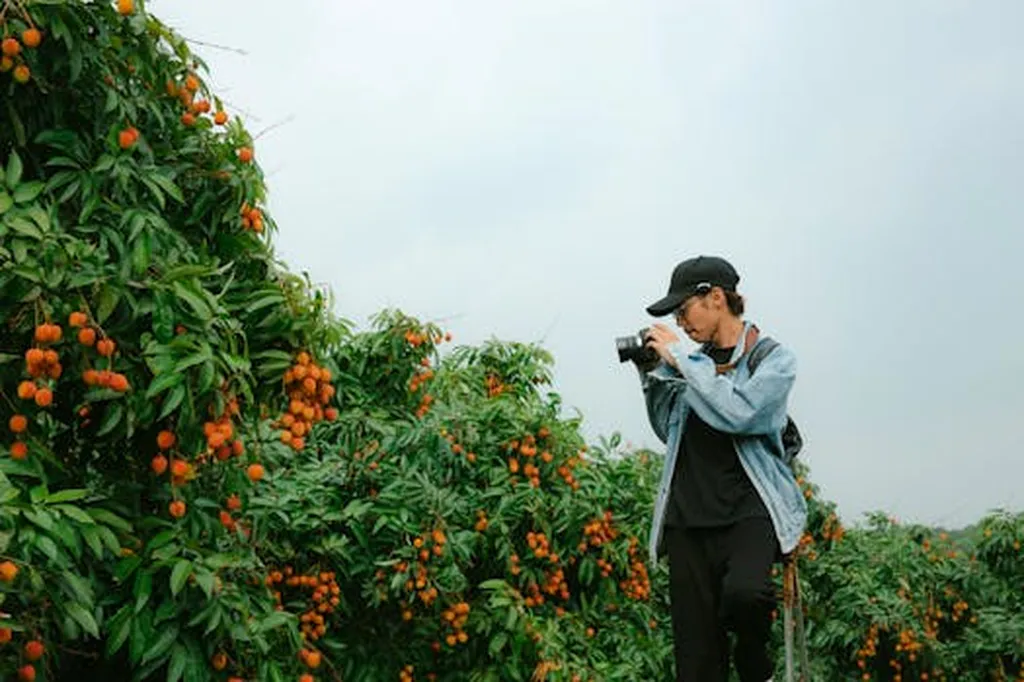In the rapidly evolving world of precision agriculture, a groundbreaking study has emerged that could revolutionize how we approach fruit quality control and post-harvest losses. Pooja Kamat, a researcher from the Symbiosis Institute of Technology at Symbiosis International (Deemed University), has benchmarked four state-of-the-art object detection models to classify the ripeness of strawberries and avocados. The findings, published in the journal ‘Discover Applied Sciences’ (which translates to ‘Открыть Прикладные Науки’ in Russian), offer a promising glimpse into the future of smart agricultural systems.
The study focuses on four object detection models: YOLOv5, YOLOv6, YOLOv7, and SSD-MobileNetv1. These models were tasked with classifying fruit ripeness into four distinct stages: unripe, partially ripe, ripe, and rotten. The dataset used for this research was captured under natural conditions and manually annotated, ensuring a high level of accuracy and reliability. This dataset has been made publicly available, fostering further research and development in the field.
Kamat’s research highlights the importance of accurate fruit ripeness detection in reducing post-harvest losses and improving quality control. “Accurate ripeness detection is crucial for maintaining fruit quality and reducing waste,” Kamat explains. “Our study provides a robust benchmarking pipeline that can be replicated and built upon, contributing to the development of deployable deep learning solutions in precision agriculture.”
The results of the study are impressive. YOLOv6 emerged as the top performer, achieving the highest mean Average Precision (99.5%) and demonstrating a strong balance between accuracy and real-time inference speed (85.2 FPS). This makes YOLOv6 an ideal candidate for smart fruit sorting and quality monitoring applications. The other models also showed promising results, indicating that there are multiple viable options for different agricultural applications.
The commercial implications of this research are significant. In the energy sector, where agricultural products are often used as raw materials, ensuring the quality and ripeness of these products can lead to more efficient and cost-effective processes. For example, in the production of biofuels, the ripeness of the feedstock can directly impact the yield and quality of the final product. By implementing these object detection models, energy companies can optimize their supply chains and reduce waste, ultimately leading to more sustainable and profitable operations.
Moreover, the study’s reproducible benchmarking pipeline offers a valuable resource for researchers and developers in the field. “Our goal was to create a framework that others can use and build upon,” Kamat notes. “This will help accelerate the development of advanced agricultural technologies and drive innovation in the sector.”
The research also underscores the potential of deep learning in transforming traditional agricultural practices. As Kamat points out, “Deep learning models have the potential to revolutionize agriculture by providing real-time, accurate, and scalable solutions for quality control and monitoring.” This could lead to a future where smart agricultural systems are the norm, enhancing productivity and sustainability across the board.
In conclusion, Pooja Kamat’s study represents a significant step forward in the field of precision agriculture. By benchmarking these object detection models, she has provided a valuable resource for researchers and industry professionals alike. The findings not only highlight the potential of deep learning in agriculture but also offer a roadmap for future developments in the sector. As we look to the future, the integration of these technologies into commercial applications could pave the way for a more efficient, sustainable, and profitable agricultural industry.

